Sony's Innovative Product Designs: A Collection of Ten
During the '80s, '90s, and even the early 2000s, hardly a week passed without Sony introducing something... unconventional.
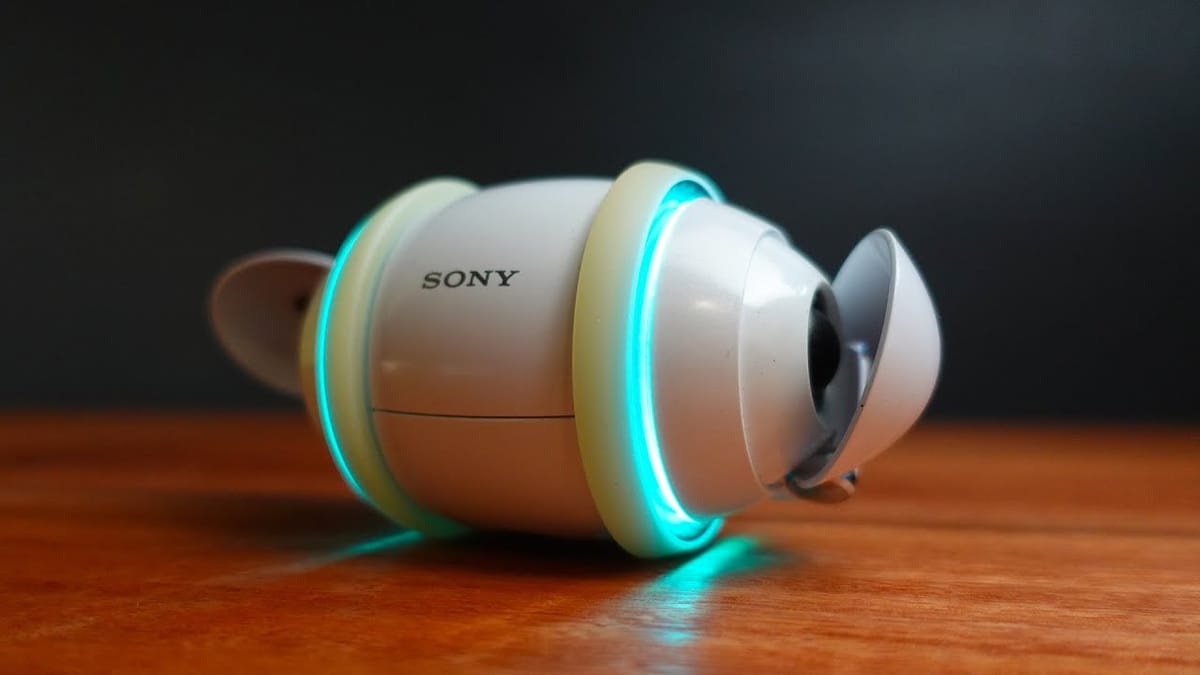
Sony, a household name in the world of electronics, has always been known for pushing the boundaries of technology.
Although they're most famous for the PlayStation, their Bravia TV series, and maybe even their smartphones, Sony has a lesser-known experimental side that we seldom witness nowadays.
Sony reigned supreme in niche product design, and during the '80s, '90s, and even the early 2000s, hardly a week passed without Sony introducing something... unconventional.
Admittedly, not all of these products became huge successes, but many were a stepping stone to technology that would be used in other Sony products.
Many were innovative, and some were weird, but they were at a minimum useful from a design or technology perspective.
Here’s a look at ten of Sony's most innovative product designs.
Sony Rolly
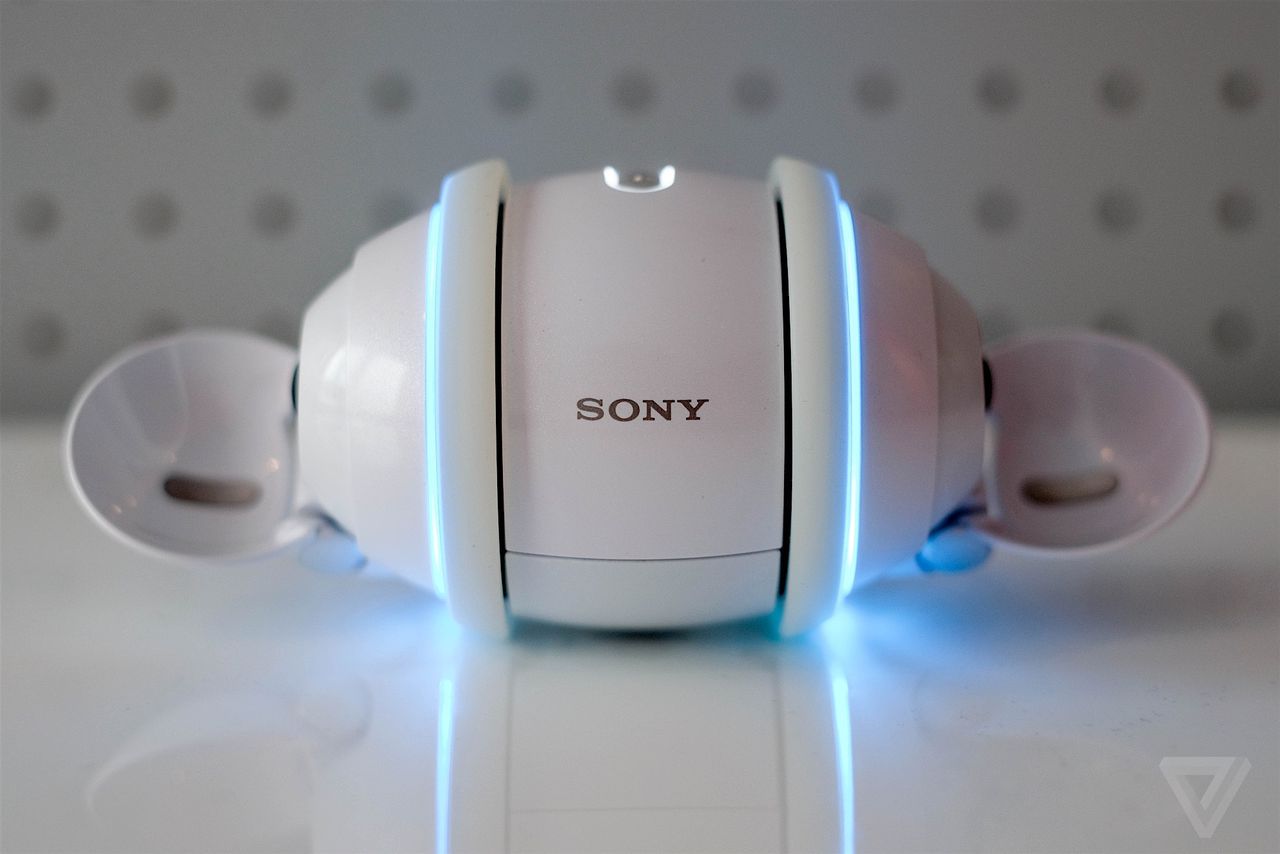
Is there any Sony product design as innovative as the Rolly to begin with?
Unveiled in 2007, the Sony Rolly was an egg-shaped digital robotic music player that could spin and flap its end caps in time with the music. Unique, intriguing and in some respects, peak Sony, as it was the product of avant-garde design thinking.
The Rolly could jam out to tunes streamed straight from any Bluetooth-ready cell phone, computer, or mp3 player.
While it could bust some moves to streamed music, for top-notch results, it was often best to let the "Rolly Choreographer" software analyse tracks and generate motion files before loading them onto Rolly.
These motion files, stored as .mtf files, contain dance data synced with specific music tracks. You could grab pre-made motion files from the now-defunct Rolly Go website, or even upload your own if you knew how to.
Despite its unique blend of music player and robotic elements, it didn’t quite catch on and was discontinued in 2009.
Although not entirely practical, the Rolly stood out for its uniqueness. In a world where ordinary rectangles of glass, plastic, and metal rule, Sony proved that standing out can catch people's attention.
Sony Qrio

The Qrio, a humanoid robot, was announced in 2003.
Billed as a humanoid counterpart to the better-known Aibo dog, Qrio went through several iterations but was never sold. Not content with selling TVs and stereos, this was an ambitious project that showcased Sony’s technological prowess.
Originating from the creative mind of Yoshihiro Kuroki, who served as the general manager of Sony Entertainment Robot Co. in Shinbashi, Japan. The project commenced in 2000 under the name SDR, representing Sony Dream Robot.
By 2001, Sony introduced the SDR-3X model, followed by the unveiling of the enhanced SDR-4X in 2003, which placed a greater emphasis on human interaction.
It stood at about 0.6 meters (2 feet) tall and weighed 7.3 kilograms (16 pounds). Its slogan was "Makes life fun, makes you happy!" However, despite its development and marketing efforts, Sony never brought QRIO to market for sale.
Sony Aibo

Ah, yes, the Sony Aibo... the robotic dog for people who didn't want to pick up after an actual dog.
The Aibo, which was a series of robotic dogs, was first introduced in 1999.
Despite its high price tag, it managed to win over many tech enthusiasts with its advanced features and adorable design. Weirder still is that those who owned and used an Aibo found themselves falling for its charms.
People would form emotional connections and show kindness to the dog-shaped assembly of plastic and processors because it's inherent in human nature to do so.
On her website, Elenor Barlow wrote, "It’s not at all unusual for people to develop strong emotional attachments to non-living objects or machines. Research suggests this can happen in order to satisfy a need in us e.g. the need to care for something to improve our own sense of well-being or by way of a child substitute."
Sony has since sold over 20,000 units.
Sony Mavica (1981)
.jpg)
In 1981, Sony introduced the Mavica, a groundbreaking camera that was one of the first to capture still images electronically without film.
The Mavica was not a digital camera in the modern sense; instead, it recorded images as analog video signals on a “Mavipak” miniature floppy disk. This prototype featured an SLR design and could store up to 50 images on its unique storage medium, which was about 2 inches square.
Despite its lower resolution compared to traditional film, the Mavica’s innovative approach to image storage paved the way for future developments in electronic cameras.
Fast forward to 1997, and Sony released the Mavica FD5, which utilised standard 3.5-inch floppy disks for storage, a feature that seemed odd at the time but was actually a major innovation.

Retailing for around $600, the FD5 allowed users to easily transfer images to computers and other devices, despite the camera’s bulky design and the slow speed of writing to floppy disks.
The FD5’s use of a CCD sensor with VGA resolution and high compression to fit images on the floppy disk resulted in lower image quality, but the convenience and affordability of the camera made it popular in various settings.
Sony Glasstron
The Sony Glasstron, introduced in 1996 and released to the market in 1997, was a pioneering head-mounted display that represented an early foray into the realm of virtual reality.
The Glasstron series, which included models like the PLM-50 and the PLM-A35, featured two LCD screens and earphones for video and audio, respectively.
However, the Glasstron faced several challenges. The technology required to realise its potential was not yet mature fully.
For instance, the resolution and field of view were limited compared to today’s VR standards, and there were constraints related to processing power and content availability.
The Glasstron’s ambitious design and capabilities were indeed ahead of their time, but the lack of supporting technology and content meant that it could not achieve widespread adoption.
Nevertheless, it paved the way for future advancements in VR and remains a notable part of Sony’s innovative legacy in personal entertainment technology.
Sony Vaio UX Micro PC

In 2006, Sony launched the VAIO VGN-UX50, an innovative Ultra-Mobile Portable Computer (UMPC) that aimed to redefine personal computing with its compact form factor.
This tiny device featured a slide-out QWERTY keyboard and a touchscreen, encapsulating the functionality of a PC in a pocket-sized gadget.
Despite its advanced features for the time, including multiple connectivity options and a camera, the VGN-UX50 faced challenges due to its small screen size, limited battery life, and relatively high price, which hindered its widespread adoption.
Nevertheless, it marked a significant step in the evolution of mobile computing, foreshadowing the smartphone revolution that would soon follow.
Sony Tablet P
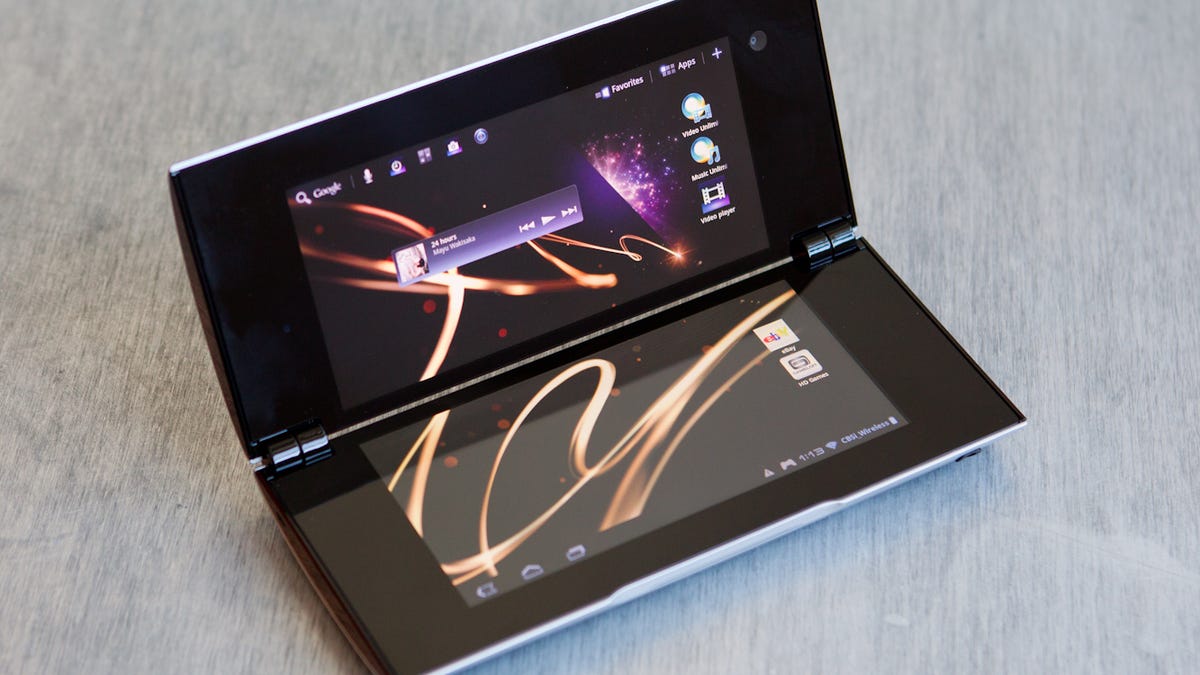
The Sony Tablet P, launched in 2012, was indeed a novel device with its distinctive clamshell design that housed two screens. This design allowed the device to be folded up like a book, making it highly portable and easy to carry.
The dual 5.5-inch screens were intended to offer new multitasking possibilities and an innovative way to interact with apps and media. However, despite these interesting features, the Tablet P struggled to find a market.
Consumers found the gap between the two screens disruptive, and the device’s pointy corners made it uncomfortable to hold for extended periods.
Additionally, the high price point and the limited selection of PlayStation Store games available for the device made it less appealing compared to other tablets on the market at the time.
The Tablet P’s performance and software experience were hindered by the awkward implementation of its dual screens, which affected the usability of certain apps and overall user experience.
While the concept was forward-thinking and aimed to push the boundaries of traditional tablet design, the practical execution and the ecosystem around the Tablet P did not meet consumer expectations, leading to its lacklustre reception in the market.
Sony QX10 and QX100 lens cameras

The Sony QX10 and QX100 lenses were well-received for their innovative design and the quality they brought to smartphone photography. Users appreciated the ability to shoot high-quality, 20-megapixel photos with the convenience of their smartphones.
The QX100, in particular, was noted for its Carl Zeiss lens and larger sensor size, which offered better image quality.
However, despite the initial excitement, these lenses faced challenges in gaining widespread popularity. The concept was quite new, and the idea of carrying an additional device to attach to a smartphone was not embraced by everyone.
The rapid improvement of built-in smartphone cameras eventually reduced the demand for such external lenses. While they were a significant innovation in mobile photography, the Sony QX10 and QX100 did not become mainstream devices.
Sony NW-MS7
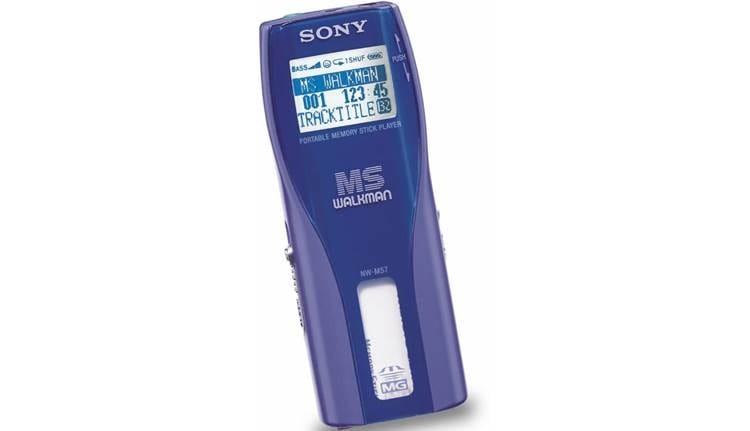
The Sony NW-MS7, launched in 1999, was a trailblazer in the digital audio player market, marking a significant shift from physical media to portable digital formats.
Known as the Memory Stick Walkman, it featured 64MB of storage on a proprietary MagicGate Memory Stick, which at the time could hold approximately 120 minutes of music. This was quite a leap forward, considering the average size of MP3 files then.
However, the NW-MS7 had a unique quirk; it didn’t play MP3 files natively but used Sony’s ATRAC3 format, requiring users to convert their music files using Sony’s OpenMG Jukebox software before transferring them to the player.
Looking back at the NW-MS7's impact on how we listen to music, its small storage capacity reminds us of the tech limitations back then.
Yet, it played a pivotal role in the transition towards a mobile lifestyle, where music could be enjoyed on the go. The device’s design emphasised portability and ease of use, aligning with the emerging trend of carrying a substantial music library in your pocket.
Sony XEL-1
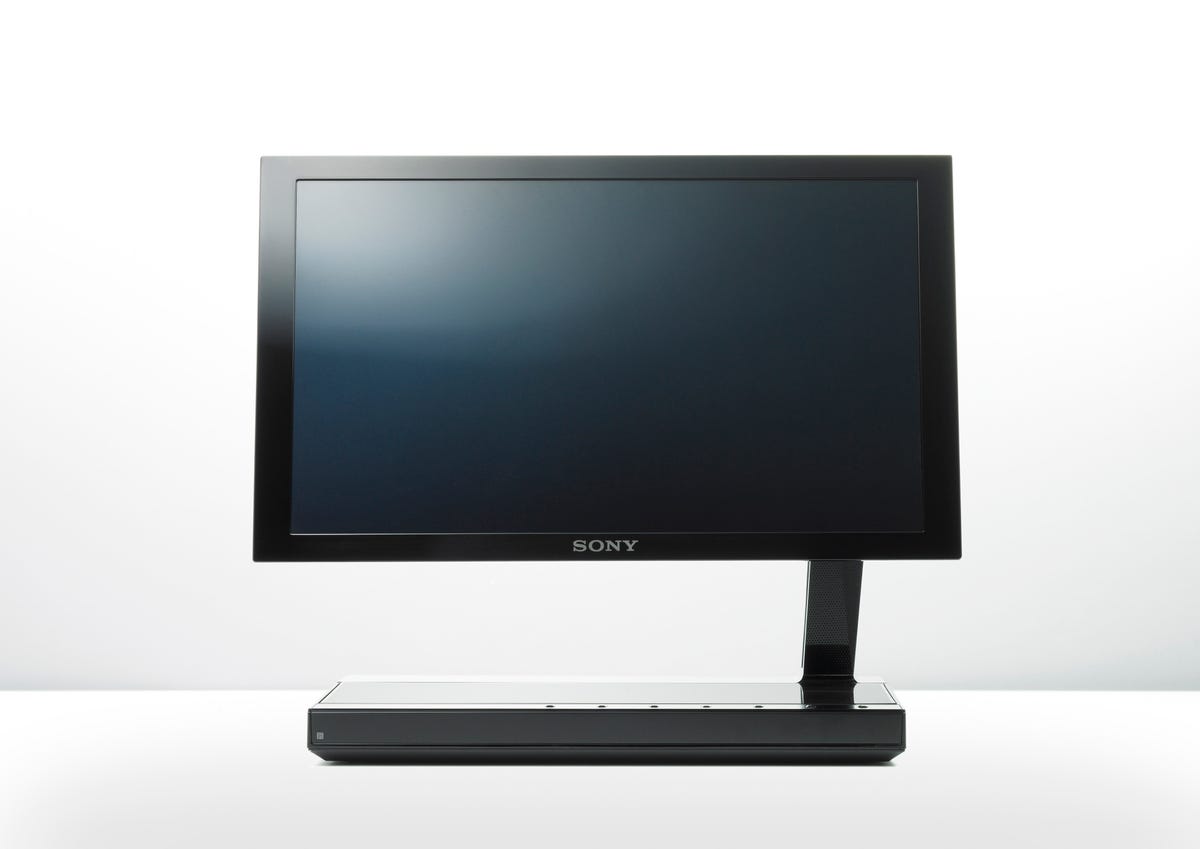
In 2008, Sony introduced the XEL-1, the world’s first OLED TV, which was a significant technological advancement at the time. The XEL-1’s 11-inch screen boasted a high contrast ratio of 1,000,000:1 and a resolution of 960x540, delivering exceptional colour saturation and wide viewing angles.
Priced at $2,500, it was indeed a luxury item, reflecting the cutting-edge nature of OLED technology which promised better screen uniformity and lower power consumption compared to traditional displays.
Despite its small size and high cost, the XEL-1 was a bold statement by Sony, underscoring their commitment to innovation.
Sony’s foray into OLED with the XEL-1 exemplifies its broader approach to technology, characterised by a willingness to explore new territories and push the boundaries of what’s possible.
While not every product achieves commercial success, each one, like the XEL-1, plays a crucial role in shaping the company’s path forward. These pioneering efforts have cemented Sony’s reputation as a leader in the tech industry, continually contributing to the evolution of consumer electronics.
The XEL-1, with its groundbreaking features, stands as a testament to Sony’s enduring spirit of innovation and risk-taking.

Comments ()